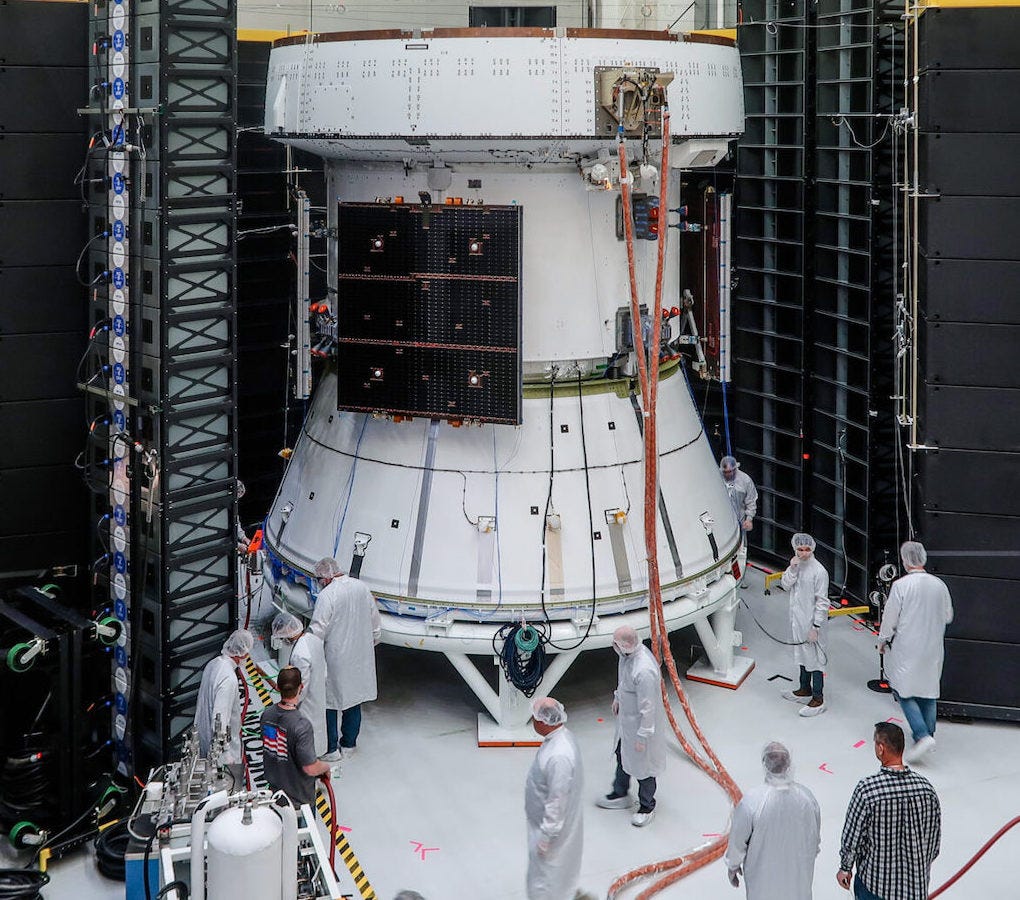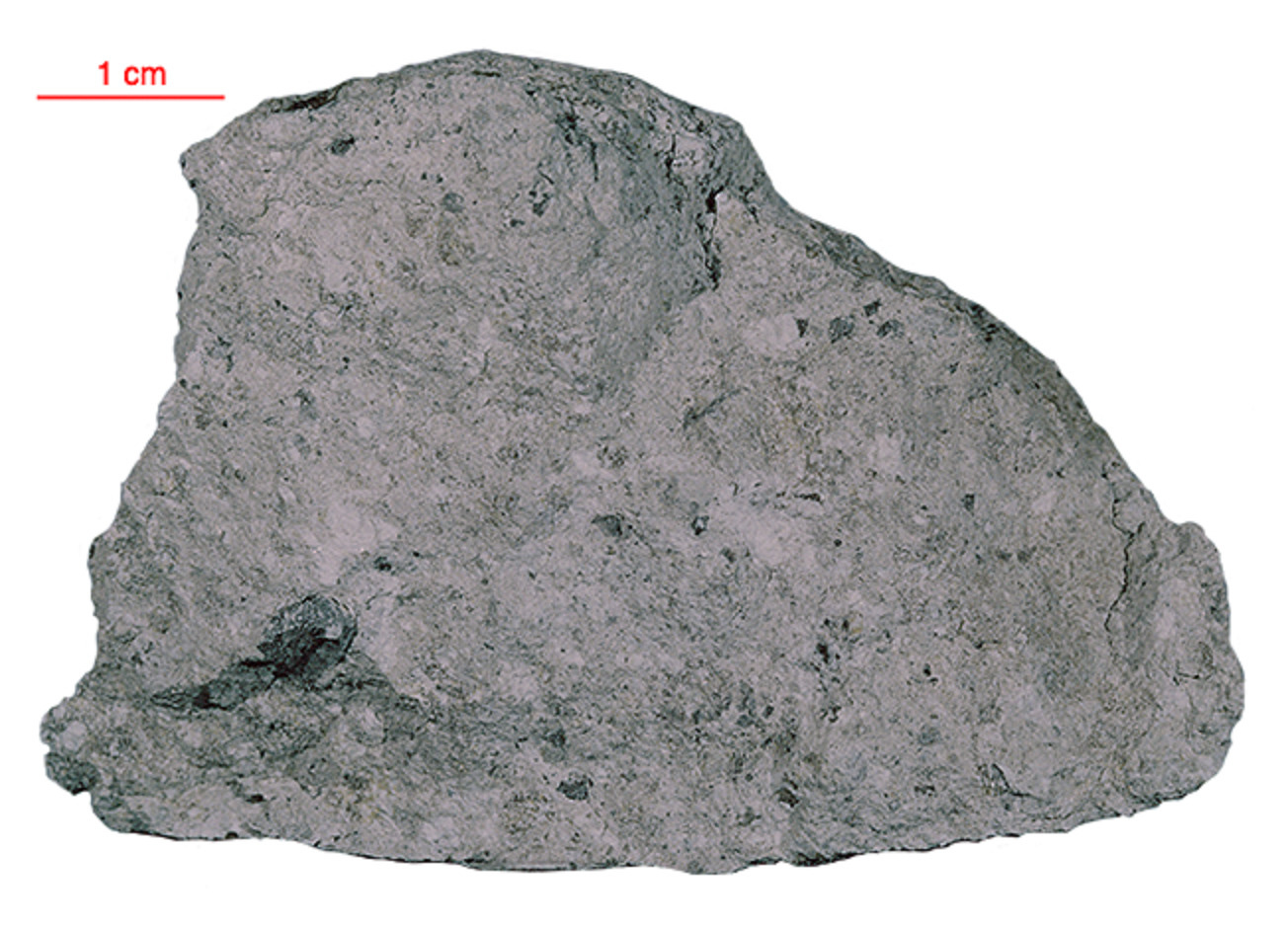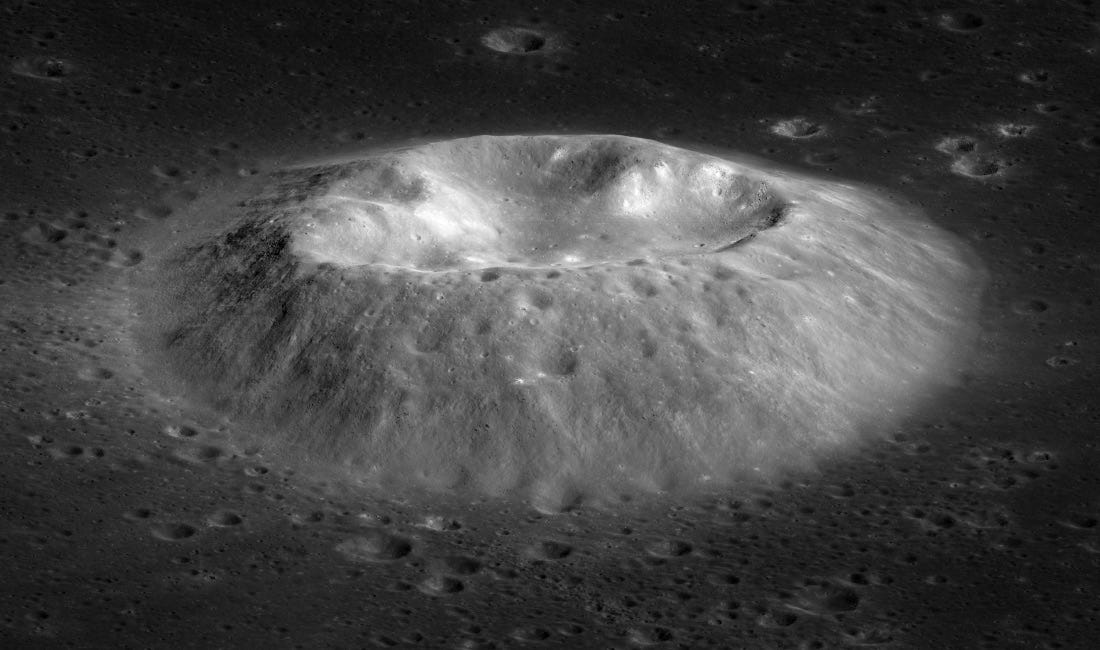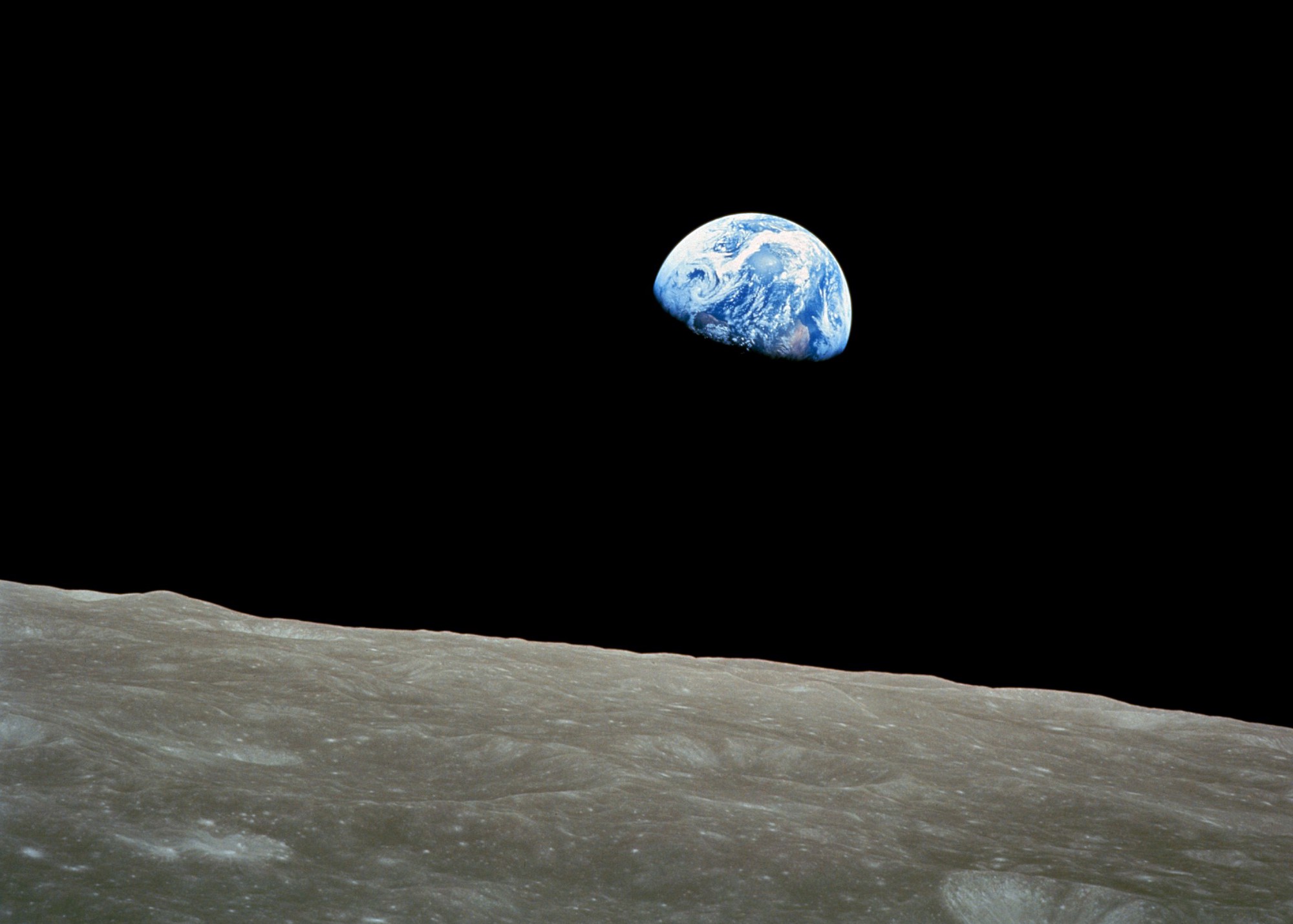Moon Monday #127: Mission updates, lovely lunar science, hoppers, engine tests, and more
Mission updates

- ULA CEO Tory Bruno says the company’s Vulcan rocket will launch no earlier than June. This update comes as full-scale Vulcan testing resumes following an investigation prompted by the March 29 blowing up of a test Centaur V upper stage, which is a key element of the rocket’s design. Aboard the rocket will be Astrobotic’s first Moon lander carrying NASA payloads as part of the agency’s CLPS program. There will be commercial, international payloads onboard as well.
- Intuitive Machines said in an investor update that the launch of its first lunar lander, which is also carrying NASA payloads under CLPS, has been delayed from June to Q3. The company recently completed structural testing and fuel-loading demonstrations of the Nova-C lander, and notably conducted a full-duration flight software test wherein the lander avionics reacts to various simulated mission scenarios. Jeff Foust notes that mission modifications stemming from NASA changing the near-equatorial landing site to the polar Malapert A crater at 80° S increased the company’s contract value from $77 million to $116.3 million.

- Hardware progress continues for NASA’s Artemis II mission to fly four astronauts around our Moon and back circa early 2025. As part of an ongoing series of standard space-simulating tests, NASA recently completed acoustic testing of the 15,000-kilogram European Service Module (ESM)—which will provide propulsion, water, oxygen, thermal control, and electrical power to the Orion capsule hosting the astronauts. The test involved large speakers simulating the intense sounds and vibrations of an SLS rocket launch. During launch, the ESM needs to endure a maximum sound level of 140 decibels, an experience akin to standing next to a speaker at a live rock concert. Fun fact: To that end, ESA says the speakers used to test ESM are also rented for concerts!
- NASA has declared end of mission for the 14-kilogram Lunar Flashlight CubeSat, which launched in December to study water ice on the Moon’s south pole. The spacecraft couldn’t enter lunar orbit since three of its four thrusters have been underperforming, likely due to the additively manufactured fuel lines having obstructing metal debris. The mission team had hoped to put Flashlight in a very high Earth orbit that flies over the Moon’s south pole once a month but efforts to clear the obstructions failed. Mission operators now hope to dispose Flashlight in a solar orbit after it passes 65,000 kilometers above Earth at its closest on May 17. NASA’s LunaH-Map CubeSat launched last year to also study lunar polar water couldn’t get into its desired orbit either due to propulsion issues. :(
Some more love for lunar science

The NASA-backed SSERVI virtual institute—which supports science research relevant to human space exploration—is funding five competitively selected teams with a total of $7.5 million to conduct lunar sample studies in ways that directly enables and enhances science on upcoming crewed Artemis missions as well as robotic CLPS ones. The studies range from understanding our Moon’s origin and evolution to the early Solar System and its implications for Earth & Luna to the evolution of lunar polar volatiles such as water ice. The lunar-only focus of these selections is notable because SSERVI’s last such funding in 2019 included studies of near Earth asteroids and the Martian moons as well.

We know that the upcoming NASA-funded Lunar Trailblazer orbiter will provide us unprecedented, high-resolution global maps of the amount, distribution, and state of water across our Moon. In doing so its infrared spectrometer and thermal mapper will also help us better understand several other key scientific aspects of Luna such as:
- swirls, a bright and mysteriously magnetic feature unique to our Moon;
- “the Moon’s pink mineral”, which is a magnesium-rich crustal material found sprinkled across Luna. The majority of lunar crust is made of the magnesium-deficient and iron-rich anorthosite, which is familiar to us as the nice and bright regions on our Moon;
- the Procellarum KREEP terrane, which is tantalizingly rich in heat-producing elements such as Potassium and Phosphorus. Figuring out its origin will lend us valuable insights into our Moon’s interior and evolution;
- and water-rich silicic volcanic domes, which NASA aims to visit with a robotic surface CLPS mission mid-decade. The familiar dark patches on our Moon mostly contain solidified lava plains from basaltic volcanism not silicic.
I can’t wait for Lunar Trailblazer’s launch alongside Intuitive Machines’ second CLPS Moon lander! Last we heard, launch was targeted no earlier than October 2023 but it seems from Intuitive Machines’ aforementioned update that liftoff might slip to early 2024.
Many thanks to Epsilon3 for sponsoring this week’s Moon Monday.
More Moon
- Rachael Zisk reports that Israeli startup WeSpace Technologies is developing a commercial lunar hopper, which can fly over terrain otherwise inaccessible to traditional rovers. WeSpace hopes to launch the first hopper by 2026. Related: Intuitive Machines’ NASA-funded Micro-Nova hopper aims to fly to the Moon on the company’s second CLPS lander so it will likely be the first such hopper.
- Andrew Jones reports that China has started using a new facility in Tongchuan dedicated to testing huge rocket engines, complete with a water deluge system to cool the exhaust and reduce sound pressure levels. This test stand will see firing of engines powering the upcoming Long March 9 and Long March 10 rockets central to CNSA’s plans to land humans on the Moon.
- South Korea’s first lunar orbiter KPLO flew 18 kilometers above NASA’s Lunar Reconnaissance Orbiter (LRO) on April 7, and managed to image it! The feat required precise coordination of orbital information between mission operators of the two orbiters. LRO was also made to slew by 20 degrees to allow the spacecraft’s back and radiator be brightly illuminated by the Sun.
I’m excited to share that I’ll be giving a virtual talk on “Sustaining lunar exploration through worldwide public support” at the European Lunar Symposium on June 29. 🌗


Abstract: Sustaining lunar exploration through worldwide public support | By Jatan Mehta225KB ∙ PDF fileDownloadDownload
The hybrid, international symposium will discuss the breadth and depth of the science and technology of upcoming exploration of our Moon, including resource utilization as one of the key focus areas. I look forward to learning a lot!
